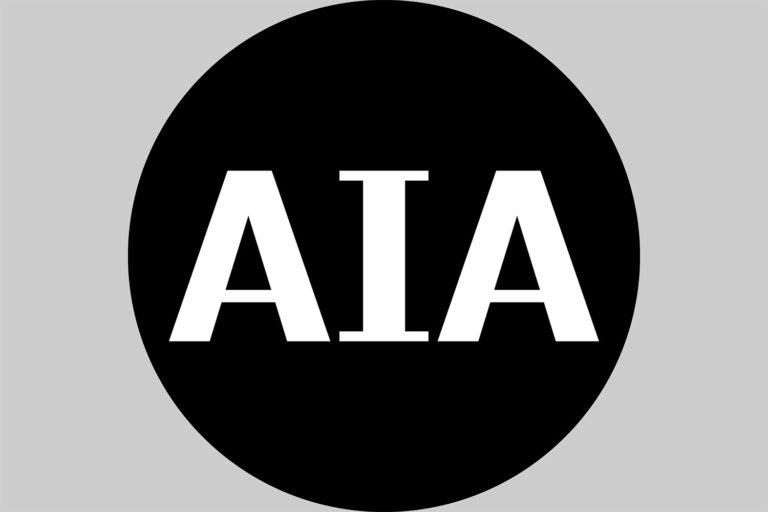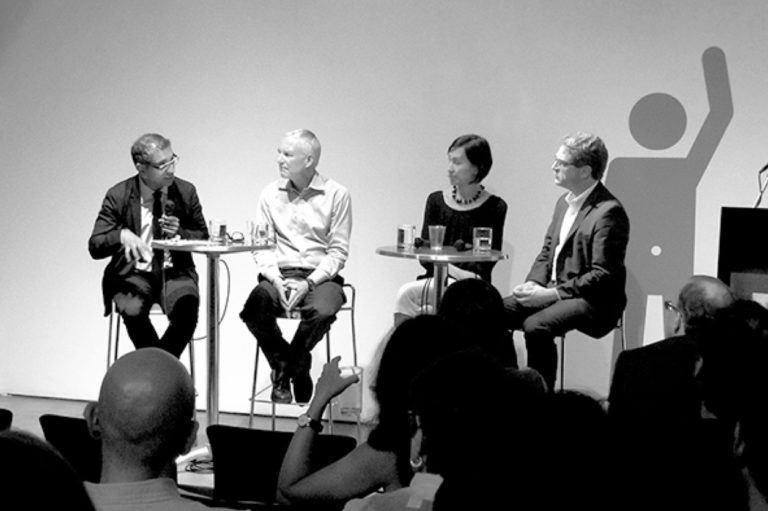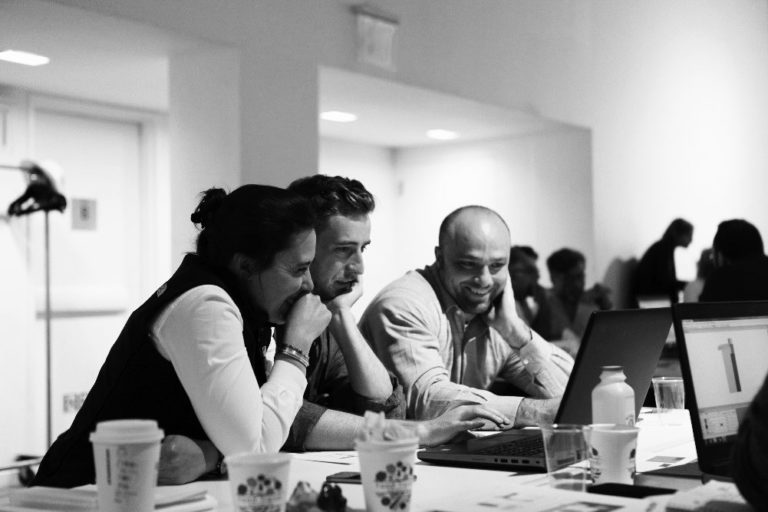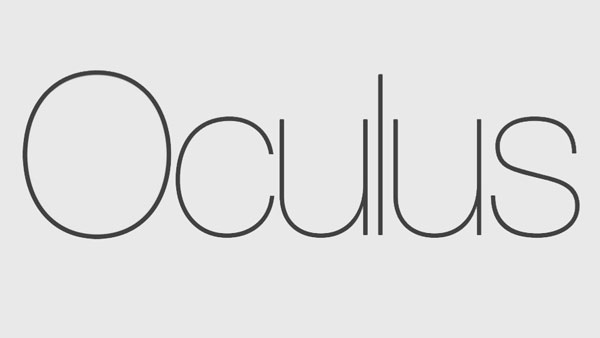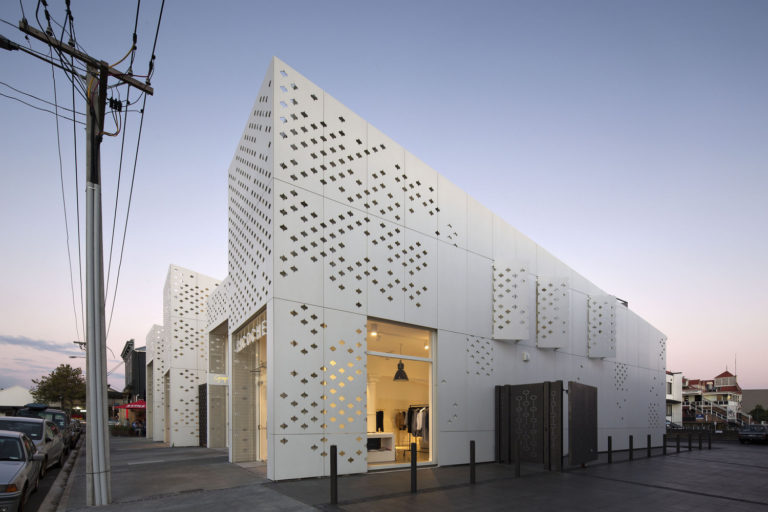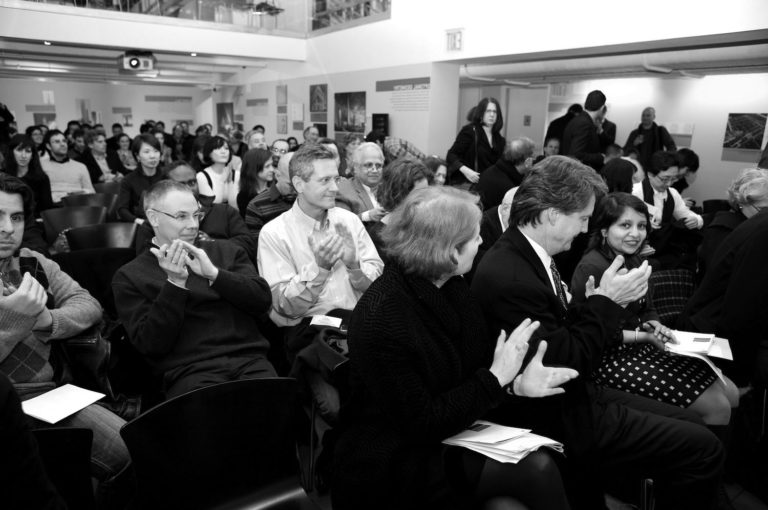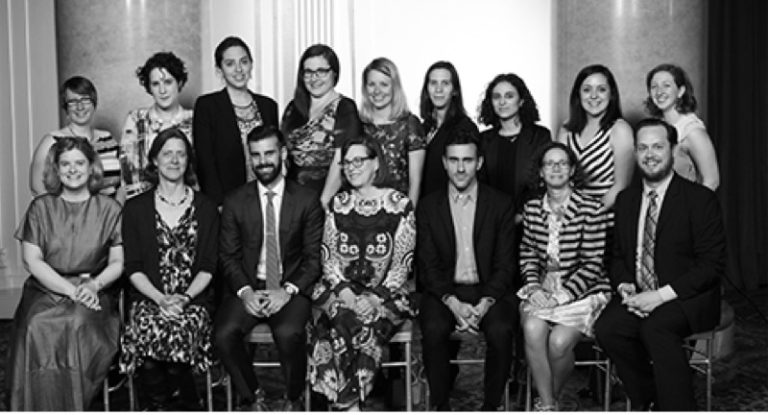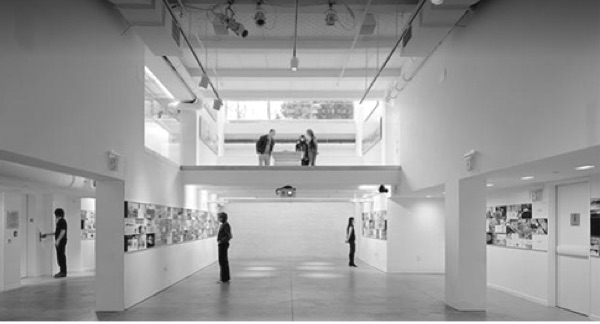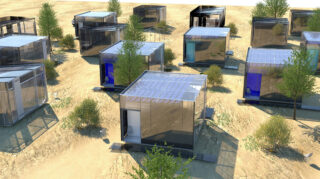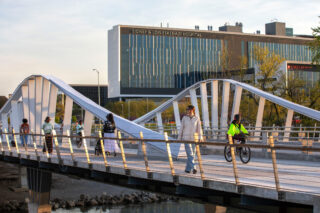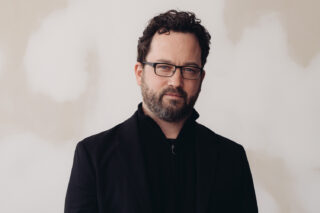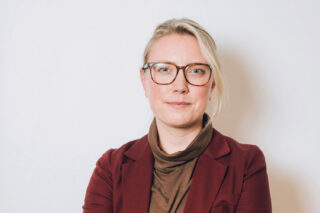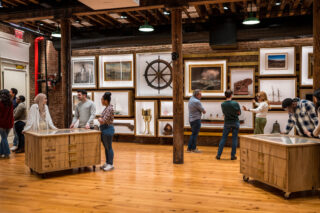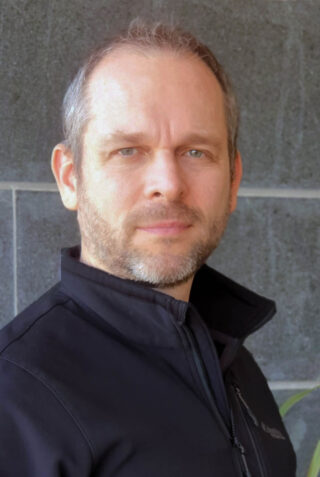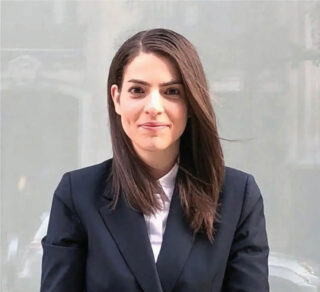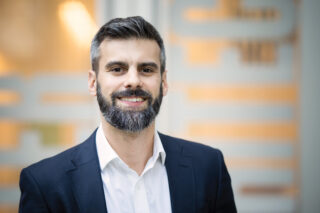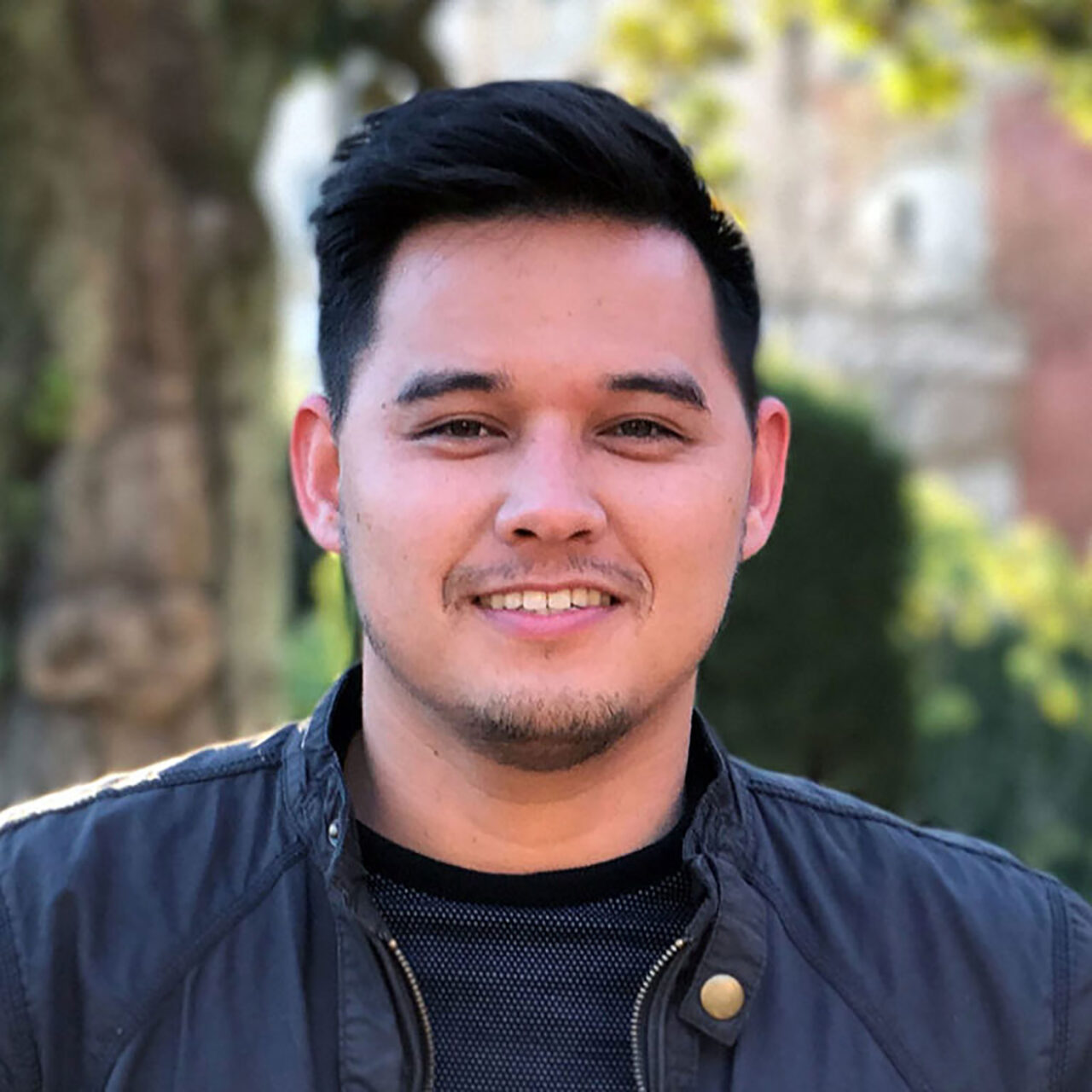
We’re now halfway through 2025, and a quarter of the way through the 21st century. And architectural practice is still that: a “practice.”
Practice in 2025 is hard. Practice in and around public space is hard. Practicing in highly constrained, urban environments is hard. Practicing within detailed, cloud-based 3D/4D BIM models is hard. Finding time to invest and adopt AR, VR, and Applied-AI within your design process is hard. But design professionals don’t choose this field because it’s easy; we choose it because we believe the very real pressures at play in our built environment will emerge as silver-lining solutions.
We must continually sharpen our tools, process, and collaboration tactics as determined by our work. Often, the finest tuning occurs within our teams.
Existing Buildings + Phases
More and more we are tasked to embed common-sense sustainability, resilience, and decarbonization into our designs. We are asked to help reimagine and reinvest in aging, existing buildings via surgical renovations, systems overhauls, full modernizations, asset repositioning, adaptive reuse, etc. As the complexities of the design problems increase, our traditional methodologies of project delivery must evolve, too.
As recently highlighted in Architectural Record’s CEU course “Continuing Education: Net-Zero Retrofits,” all three of the high-profile, ambitious projects mentioned in the course required a fundamental paradigm shift of the full consultant team. In the case of the Silvio J. Mollo Federal Building in New York City, the Krueck Sexton Partnersled A&E team was tasked to inherit a 50-year-old building, gut it down to the structure, deal with the existing conditions, and rebuild to a new standard of quality that would allow the U.S. Attorney’s Office for the Southern District of New York to operate in the facility for another 50 years.
That meant the design team essentially had to collapse predesign, concept design, and design development into a singular, prolonged, highly iterative design phase: a requisite all-hands-on-deck commitment from the onset.
That meant pulling in specialized art conservationists early to document and remove or protect in-place existing artworks during construction. That meant pulling in security guards during massing to walk them through proposed space, process improvements, and security impact. That meant pulling in facility managers to review a dozen iterations of a constrained rooftop penthouse to consider long-term maintenance and access to heat pumps and solar arrays. That meant pulling in structural and blast-protection engineers upfront to understand slab extensions, curtain-wall blast connections, and seismic design to finalize added square footage for final programming. That meant pulling in peer reviewers or contractors for proactive constructability and costing. That meant engaging municipal agencies for informal consultation before formal deliverables.
Sometimes that meant 100+ people on a call. Sometimes that meant 100 calls. Sometimes that meant uninviting all but five people to have a focused, grueling conversation. But it always meant trusting each other, truly listening, and hearing out each voice through highly technical and nuanced hypotheticals. Although not contractually required, the larger group of consultants and stakeholders operated much like an integrated project delivery team.
Teams must learn to collaborate more and coordinate a lot sooner if we are to commit to reinvesting in our massive existing building stock. Linear new construction is no longer the norm.
Prioritize People
While many of our current digital tools have become the default, we must remain vigilant that their intended advantage doesn’t become a crutch. Our human resources matter just as much as our natural and financial resources. Choose to be with people: skip the Zoom, gather in person, and stop multitasking. Choose to actively listen, and maybe even embrace those moments of silence and social awkwardness. Navigate the pleasantries of starting a meeting late or engaging in small talk during technical difficulties. Embrace the clunky human experience of working with humans.
In the case of the Hato Rey U.S. Courthouse Annex in San Juan, Puerto Rico, the project’s ambitionand complexity were never going to be solved linearly, despite a traditional design-bid-build delivery method. The Page-STV-led A&E team had to adopt extraordinary patience and flexibilityinto its design process to address seismic and hurricane measures, progressive collapse, a constrained site, and energy resilience on top of an intense courthouse program. Three years into design, the team has developed three different design concepts across three different commissioners and two different administrations.
The team made a deliberate, continual effort to meet in person and on-site with judges, architects, client reps, building managers, and end users. It was the first project to revert back to in-person peer reviews and commissioner’s presentations in the post-pandemic, virtually saturated reality.
Interwoven across typical design milestone deliverables, the consultant-stakeholder team had to navigate unpredictable funding, change in programming to accommodate additional floors, change to applicable codes, and shifting of administrative directives. At any point along the way, the morale could have shifted with relationships soured or hearts hardened. Instead, we chose to see each other. We acknowledged the engagements, marriages, vacations, babies born, and graduations achieved along the way.
Twenty-first century project teams make To-Be lists along with To-Do lists. We chose to be patient, be transparent, be hardworking, and be reliant on one another to deliver a dignified facility that would match the court’s mission. Sometimes that meant a sidebar conversation to hash out personality differences. Sometimes that meant a special office visit to deliver a sensitive message. Sometimes that meant hopping on a plane to break bread and press for a decision. Other times, it was just a phone call to vent or celebrate.
Being part of a team means learning that it’s no longer enough to be the smartest person in the room. Be the most helpful person in the room! At the end of the day, architectural practice is about getting it right, not being right.
